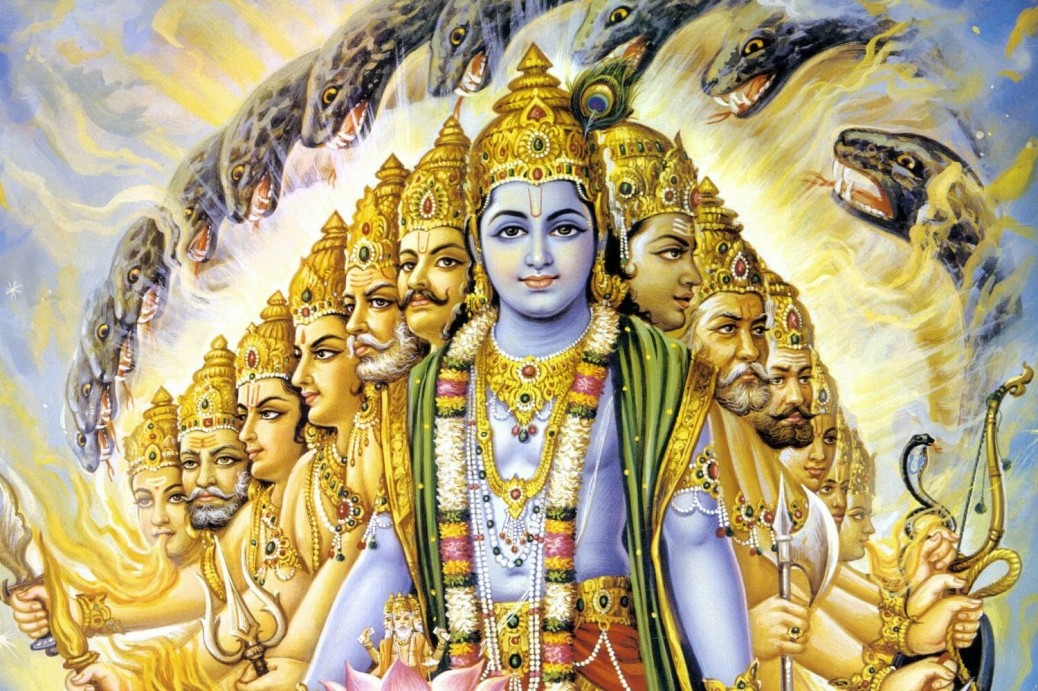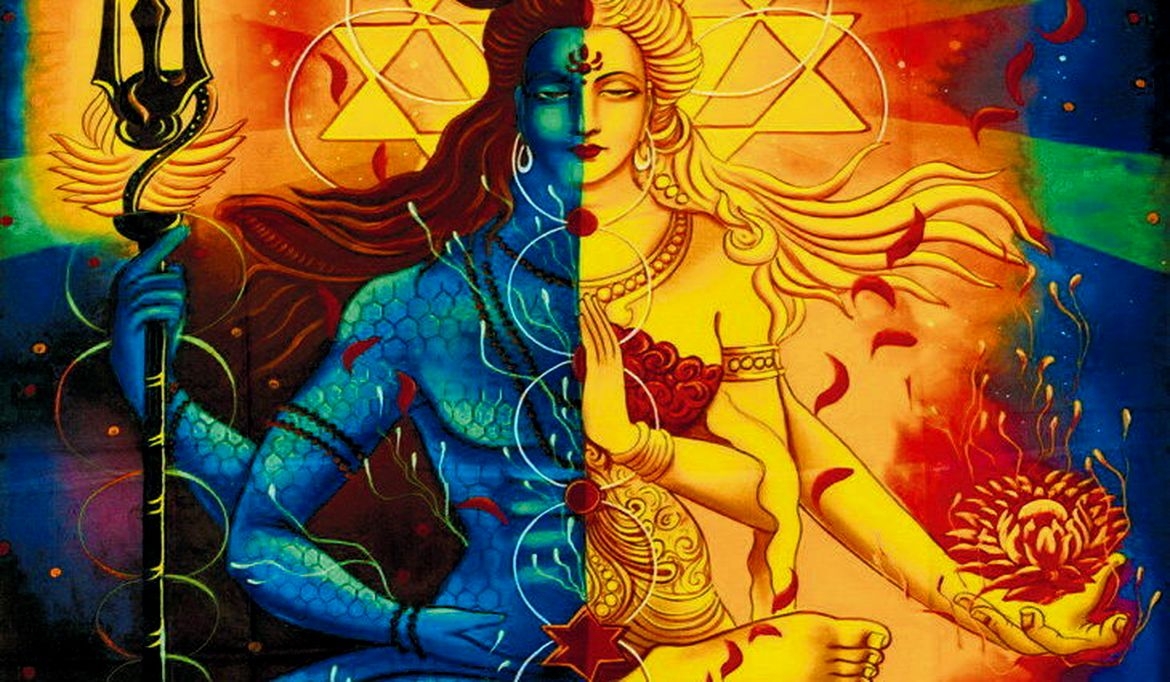Our Root – In Gita Verse 13.1-2 Arjuna said: O my dear Kṛṣṇa, I wish to know about prakṛti [nature], puruṣa [the enjoyer], and the field and the knower of the field, and of knowledge and the object of knowledge. The Supreme Personality of Godhead said: This body, O son of Kuntī, is called the field, and one who knows this body is called the knower of the field.
In this verse Arjuna seeks to unveil the mysteries of ‘Prakriti’ (nature), ‘Purusha’ (the enjoyer), the field, and the knower of the field. Lord Krishna’s enlightening discourse ushers us into the realm of spiritual understanding by defining the body as ‘kshetra’ (the field) and the sentient being who knows it as ‘kshetrajna’ (the knower of the field). This opens a gateway to discerning our very roots.
Our Root: Our contemplation of existence should not overlook the physical form, often imperilled by the poles of indulgence and ascetic neglect. Such misalignment deters us from realising the harmonious co-existence of the material and spiritual states that seekers should aspire to.
The body, when honoured as a sacred vessel, akin to the revered veena, has the capacity to emanate the divine music of life. It stands as the primary instrument through which we perceive and interact with the world. Thus, our first step on the path to self-realisation is to nurture our bodies, acknowledging them as the foundation of our spiritual journey.
Cultivate Detachment: This path wends its way through the understanding of ‘Prakriti’, which shapes our corporeal existence, and ‘Purusha’, which experiences and delights in the universe. Often, we err by neglecting ‘Prakriti’, leading to disharmony, akin to a veena losing its potential to sing. From the mother’s womb, through the navel, we are connected to ‘Prakriti’, nourished thus to manifest ‘Purusha’, our true essence.
Detachment, therefore, is not about withdrawal from the world but adopting a stance where engagement with life is profound, yet our inner equilibrium remains undisturbed by its fluctuations. It is through detachment that we can truly become the ‘enjoyers’, partaking in ‘Prakriti’ while remaining steadfast in ‘Purusha’.
Explore Self-Awareness: Self-awareness beckons us to journey beyond the cognitive sphere of the brain and the emotive realm of the heart, descending into the roots at our navel – the primal centre where ‘Prakriti’ meets ‘Purusha’. Embracing the metaphor offered by Mao Zedong’s garden, we come to realise that the vitality of our existence is rooted not in external aesthetic but in the unseen roots, those depths that nourish ‘Purusha’, the eternal spectator to the cosmic dance.
Understanding the navel’s vital role, where ‘Prakriti’ facilitates the flourishing of ‘Purusha’, allows us to grasp the intertwining dynamics of body and soul, ensuring the sustenance and growth of our being. It is this exploration of self – heightened by true self-awareness – that lights our way through the internal cosmos, where the individual faculties of thought and emotion are but aspects of a grander dance of universal consciousness.
It is through self-awareness that our understanding of the deeper roots is nourished, aiding us in our traverse through life with purposeful grace. In the inward and descending pilgrimage – starting from the intellect of the brain, passing through the emotions of the heart, and reaching toward the navel – we embark upon the truest journey of meditation and self-discovery.
Contrary to the outer expanses of life, we ‘descend’ in our meditation to ‘ascend’ in consciousness. By nurturing our roots – physical, emotional, and spiritual – we entwine our essence with the expanse of the cosmos within.
Krishna says, to attain unity with the soul, we must recognise the body as a divine temple and cultivate the garden of our self with tender awareness and mindful detachment.
Tags: Our Root




